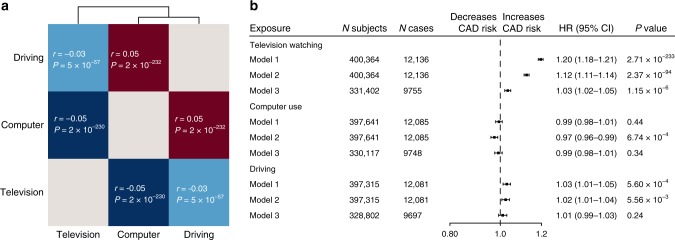Fig. 1. Results of the observational statistical analyses performed on sedentary behaviours.
a Heatmap of z-scores for the associations between sedentary phenotypes. Numbers in white show the correlations. b Forestplot depicting the results of the two-sided Cox regression analysis between sedentary phenotypes and CAD. On the X-axis, hazard ratios are shown and results are represented as hazard ratio and 95% confidence intervals. Three regression models were used to study the association between sedentary behaviour phenotypes and CAD events; Model 1: univariable analysis; Model 2: adjusted for age and sex; Model 3: adjusted for age, sex, body mass index, smoking status, hypertension, diabetes, Townsend deprivation index as proxy for income, physical activity levels, alcohol use per weak and years of education. We considered two-sided P < 0.05 statistically significant, no adjustments were made for multiple testing. R correlation, HR hazard ratio, CI confidence interval.

